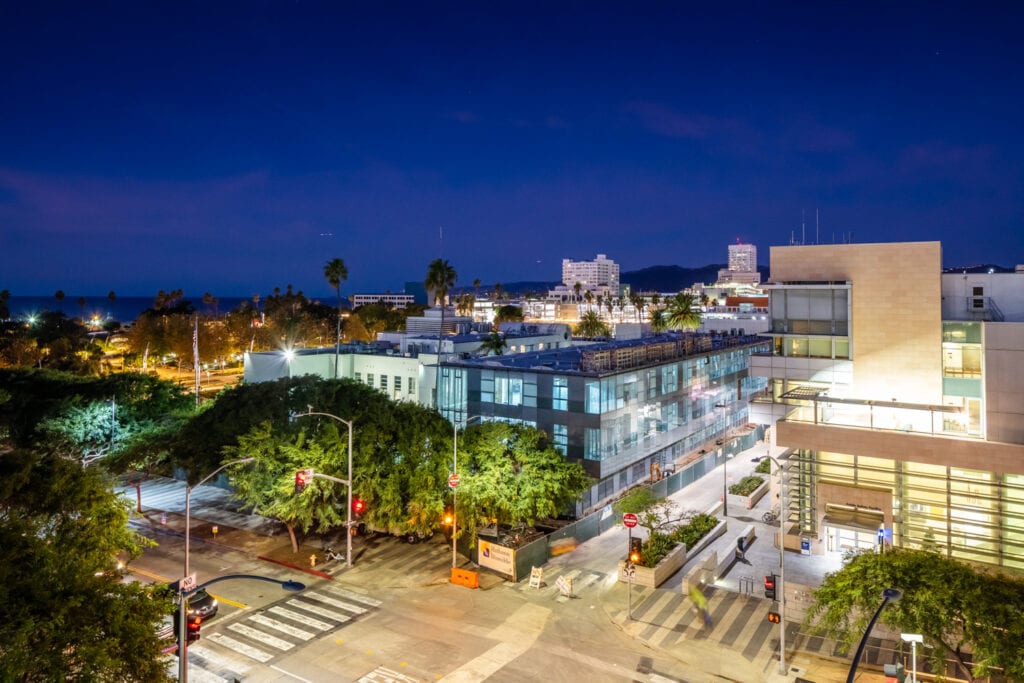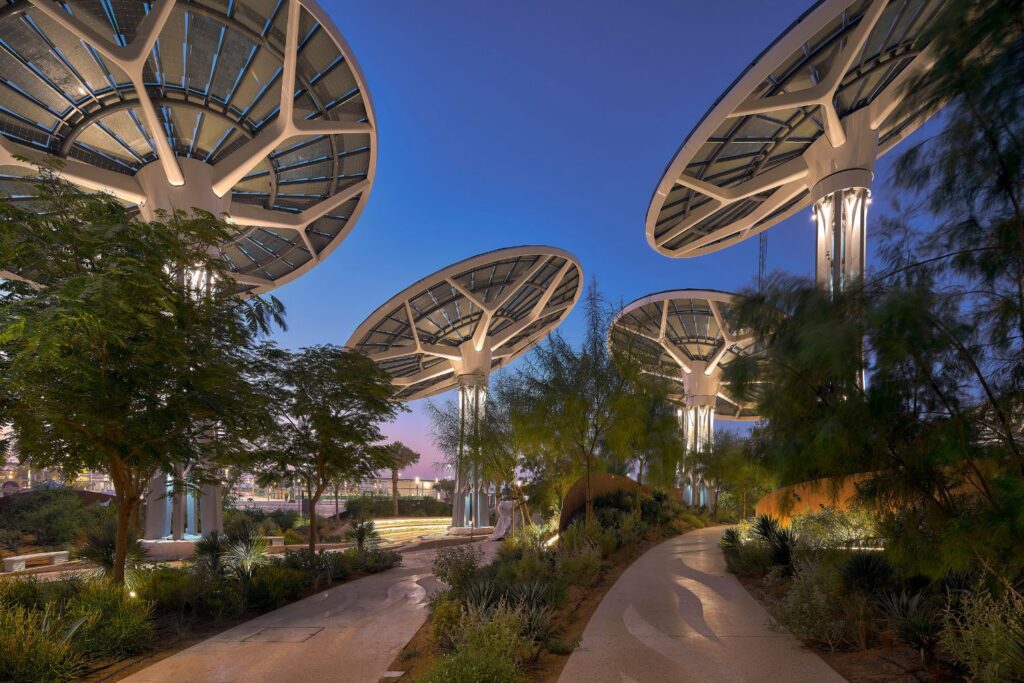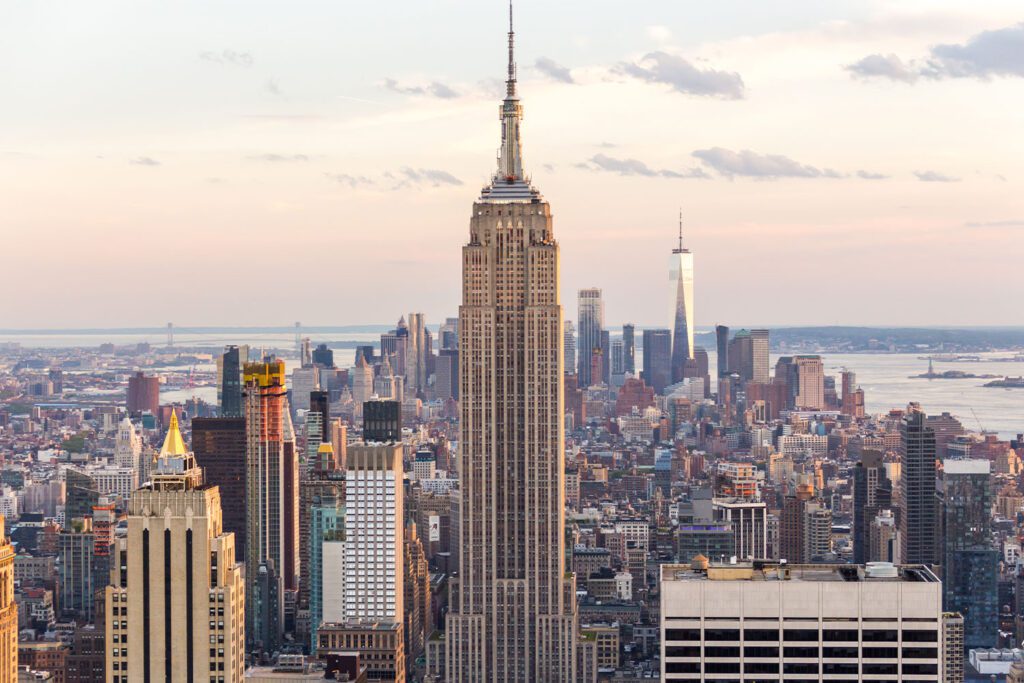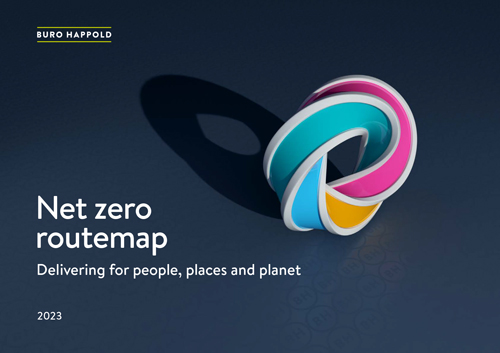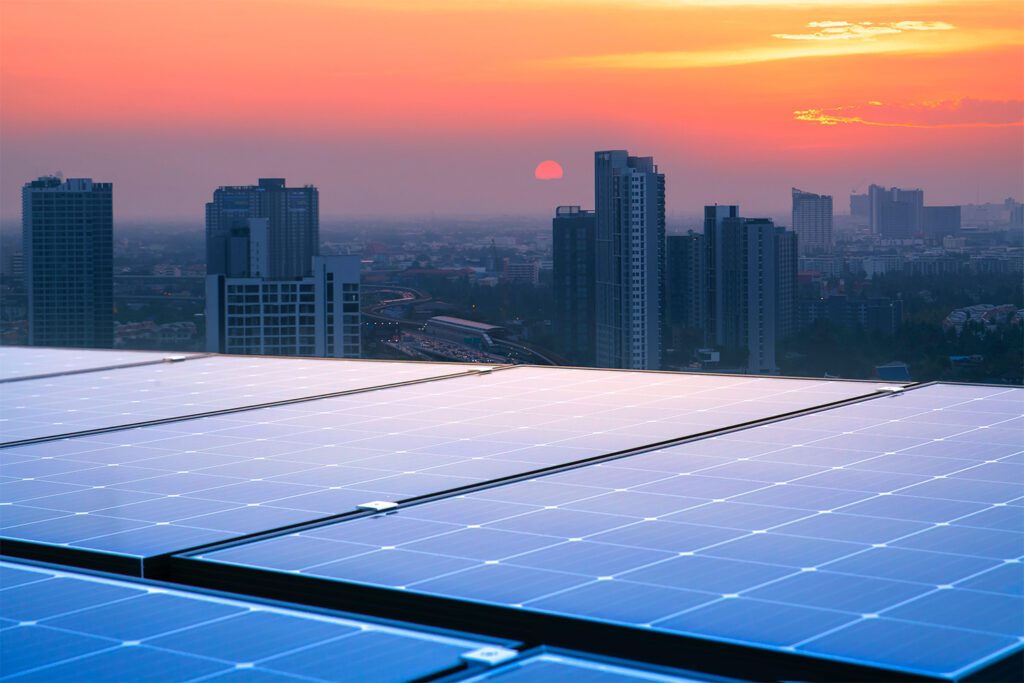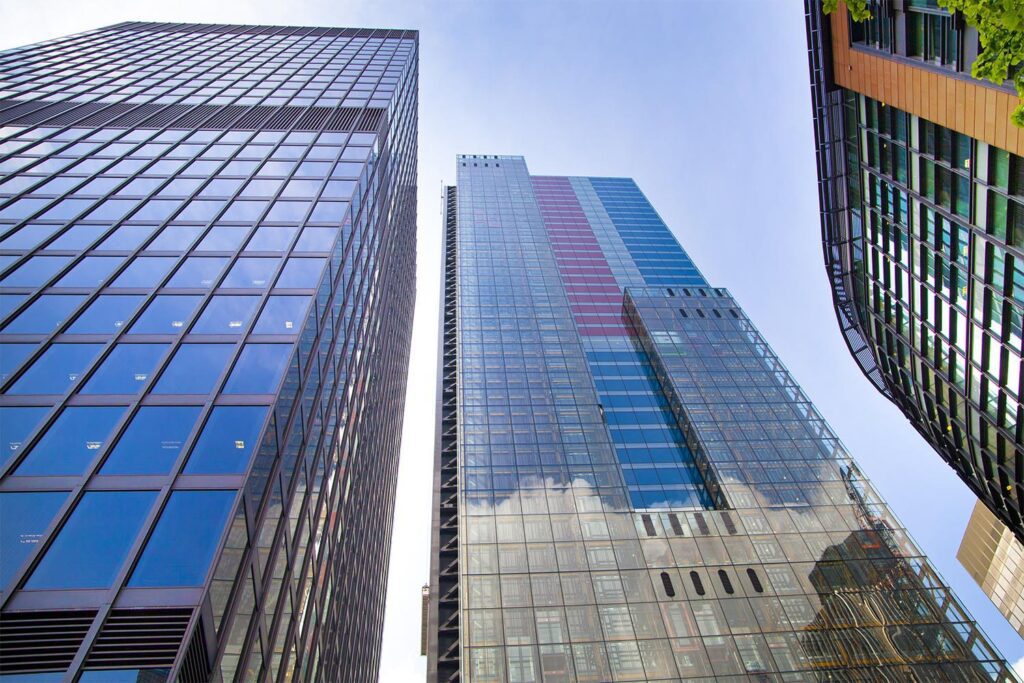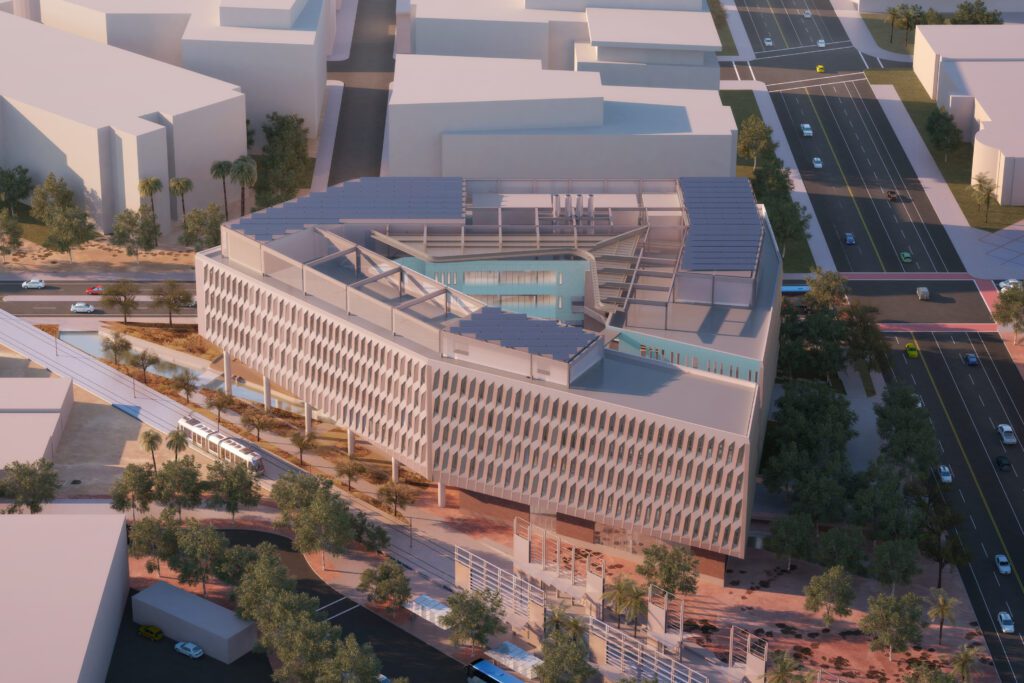COP28: the global stocktake and the built environment
COP28 allows for a global focus on the need for systematic change in the face of a climate emergency. Here, we look at the global emissions picture laid out in the first global stocktake, as well as the specific role of the built environment in the fight to meet key emissions targets.
Why must we decarbonise?
Decarbonisation (economy-wide absolute reduction in greenhouse gas emissions) is *the* critical action that can be taken to reduce levels of greenhouse gases in the atmosphere. A warming world – or to put it bluntly, a total climate emergency – is wreaking havoc on us all. The primary causes of warming of the atmosphere and subsequent climate emergency are extraction and burning of fossil fuels, deforestation and industrial agriculture. The built environment contributes an alarming amount too.
2011-2020 was the warmest decade ever recorded and a provisional temperature record has been set in 2023, when the average surface temperature globally on 17 November was more than 2C above pre-industrial levels for the first time.
Such extreme heat is dangerous to people and infrastructure alike: heat related deaths are increasing globally. Flash floods cause deaths and socioeconomic impacts, rendering road, rail and other forms of infrastructure unusable. Droughts affect agriculture, livelihoods and human health. Developing countries, who contribute the least, are increasingly suffering the most.
Decarbonisation is the central tenet of the Paris Agreement, the international treaty on climate change. But are we on track to reach these critical targets?
The global stocktake
It has been seven years since the ratification of the Paris Agreement. There are seven years left to go to 2030, a key date for decarbonisation and wider climate targets. COP28 will see the culmination of a “global stocktake”. This is a review and assessment of where the world currently sits in terms of meeting the Paris Agreement.
The Paris Agreement seeks to limit warming: to keep increases in global average temperature to well below 2C above pre-industrial levels, and to aim to limit the temperature increase to 1.5C above pre-industrial levels where possible.
The results from the global stocktake are hardly surprising: we are not on track to achieve these goals. Emissions are not being cut fast enough, we are not sufficiently prepared for climate hazards and impacts, and developed countries are not providing enough support to developing countries. The stocktake also emphasises that increased climate adaptation actions are urgently needed.
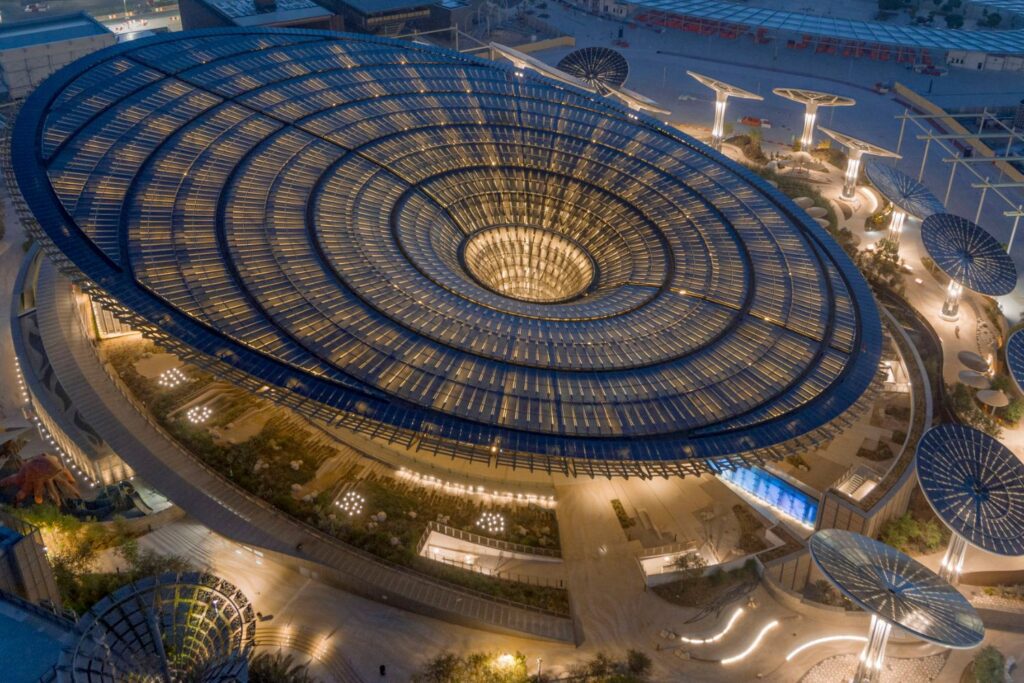
The window to act to meaningfully make these changes and achieve the outcomes we need is rapidly closing. A critical line in the global stocktake reads: “The stocktake calls for a systems transformation, which follows a whole-society and whole-economy approach that mainstreams climate resilience and development aligned with low greenhouse gas emissions.” Systems transformation towards low greenhouse gas emissions is now more critical than ever, and climate adaptation and resilience work must be carefully balanced with mitigation.
Summits such as COP28 are events where we see plenty of enthusiasm and a lot of talk. But talk isn’t enough: discussions that come out of the global stocktake are meant to shape and inform future climate action plans that are required under the Paris Agreement. COP28 must be an opportunity for further action to be planned and implemented, not just covering the same ground yet again. This is complex, and there are no easy answers.
A holistic view is needed. Simply ‘fixing’ one area – energy production, vehicle use, heavy industry, the built environment, agriculture – won’t allow us to reach the critical targets we need to reach. Viewing the problem this way isn’t a cop-out, it is the reality that hundreds of sectors and industries contribute to the climate emergency, so they must all contribute to its amelioration. Those of us within the built environment must take responsibility for what is within our own sphere of influence.
Does the Paris Agreement go far enough?
The global stocktake reveals that countries are not cutting emissions fast enough. Another alarming point hovers on the horizon: not only is the Paris Agreement in danger, does it go far enough? In the lead-up to COP28, the UN Environment Programme’s (UNEP) report on the emissions gap made worrying reading. “Temperatures hit new highs, yet world fails to cut emissions (again)” is an alarming concept, but one we must sit up and take notice of.
The report states that current commitments laid out in the Paris Agreement put us on course for a 2.5-2.9°C temperature rise above pre-industrial levels this century. This is far above the aims of the agreement. Not being on track even for this is worrying and reveals that impactful climate action has never been more important. So, what are we doing about it?

What role does the built environment play in decarbonisation?
Decarbonising the built environment, and working towards net zero, is critical. If the world is to reach the Paris Agreement temperature goals, reducing the amount of greenhouse gas emissions in the atmosphere is the way to do it.
Because the built environment currently contributes significantly to global greenhouse gas emissions – a 2022 UNEP report found that the sector accounted for around 37 per cent of energy and process-related CO2eq emissions in 2021 – we must play a central role in providing answers and clear action to decarbonise. Buildings, infrastructure and cities impact us all, so the built environment has huge potential to support the levels of decarbonisation we need to see.

In 2023, Buro Happold launched our vision of how we will decarbonise our projects: our routemap to net zero. This is a framework that will support two of our core decarbonisation targets. By 2030, our goal is to design all new build projects to be net zero carbon in operation. Also by 2030, our goal is to reduce the embodied carbon intensity of all new buildings, major retrofits and infrastructure projects by 50% from a 2020 baseline.
To deliver this, we commit to offering innovative design, sustainable material choices and clear action to amend working practices to deliver change. The routemap is split into three areas: advisory, design and our own operations.
OPERATIONS
Knowledge
Set relevant sustainability objectives for all staff and share knowledge across the practice through multiple channels
Governance
Ensure carbon management underpins all our work and track progress against our plan. Establish new commitment committee to review and advise our CEO on climate opportunities and risks of major projects.
Communications
Communicate openly and transparently through external communications such as the Global Sustainability Report and internal communications and dashboards.
DESIGN
Infrastructure
Support the clean energy transition through strategic advice, infrastructure design and commercial structuring, prioritising solutions that best support system-wide decarbonisation.
Buildings
Target net zero for every building project by identifying appropriate* targets, presenting a net zero concept design option, and measuring carbon performance.
Data
Collect data on energy use intensity and embodied carbon intensity at each stage of the project and enter into the building performance dashboard.
ADVISORY
Sectors
Understand and/or contribute to net zero roadmaps in each sector and region we operate in.
Cities and regions
Understand and/or contribute to net zero climate policy and strategy in each of the cities and regions we operate in.
Clients
Provide strategic net zero advice across client portfolios.
BENEFITS
Strategic insights
Helping our clients to set and achieve their goals
New opportunities and lower risk
Enabling our clients to access the new low carbon economy
Lower whole life carbon
Doing the right thing, whilst reducing consumption and enhancing energy efficiency at the same time!
Enhanced asset value
Meeting future expectations in a low carbon economy
Stronger brand
Helping our clients to differentiate themselves from their peers
This isn’t new work for Buro Happold – we have been delivering decarbonisation work for many years. However, the routemap to net zero is an opportunity to formalise existing processes and introduces new ones, making the pathways we intend to take towards net zero crystal clear. It demonstrates that we are acutely aware of the impact we have on environments around us and that we are committed to making these impacts positive ones.
We are determined to deliver positive outcomes for the benefit of people, places and planet. We believe it is our responsibility to support clients in delivering this work – and that is what the routemap will provide. This is ambitious work, but ambition is what is needed if we are to play an essential – and necessary – role in decarbonising the built environment and supporting global climate targets.
Will change happen?
COP28 is a conference that has real power to enact global change. The eyes of the world will be on Dubai and the decisions and actions agreed there. The first global stocktake will conclude at COP28, with events and discussions focused on future opportunities and clear action to deal with climate challenges.
This year’s COP sees a focus on the built environment for the first time. This is encouraging and is an opportunity for the sector to clarify its position and demonstrate the impact we can have. Meaningful climate action must happen – we have no other choice.
Learn more about Buro Happold’s work on decarbonisation and net zero consulting here.


